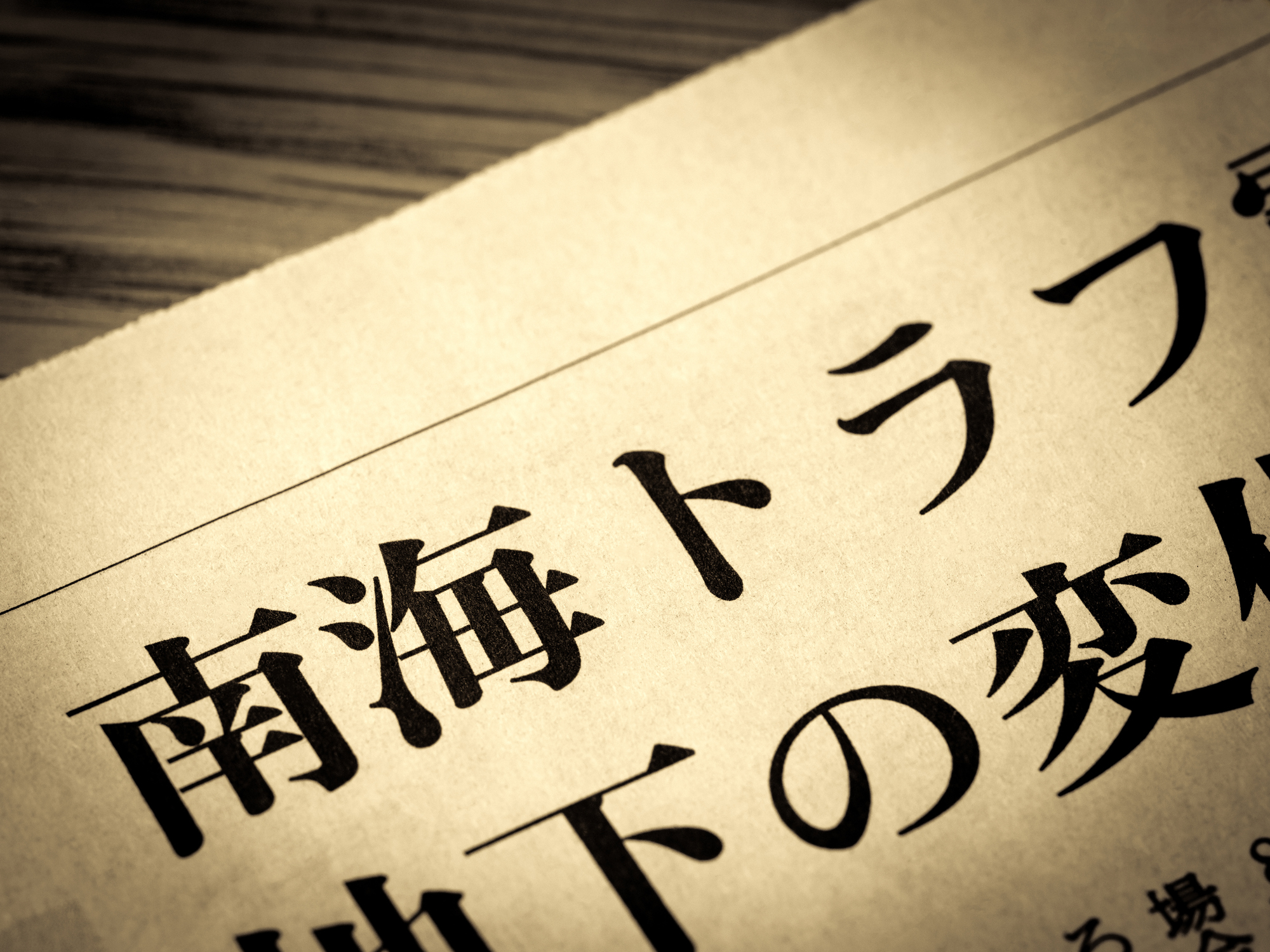2025/04/23
Nankai Trough Earthquake: Expanded Damage Estimates and the Need for Wide-Area Disaster Management under a Unified Command

On March 31, the National Disaster Management Council of the Japanese government released updated damage estimates for a potential Nankai Trough megaquake. The projected damage amounts to 292 trillion yen—six times that of the Great East Japan Earthquake. In addition to the scale of the estimated loss, the detailed depiction of how the disaster may unfold is alarming. Between 610,000 and 1.28 million buildings are expected to collapse due to the shaking at the time of the earthquake, with up to 73,000 lives lost. Immediately following the quake, tsunami damage is estimated to cause the collapse of up to 208,000 buildings and result in 97,000 to 215,000 deaths. Furthermore, fires could destroy up to 768,000 buildings, with a death toll of up to 21,000. The number of evacuees on the day after the earthquake is estimated to range from 3.4 to 6.1 million, and the number of people unable to return home in the Chukyo and Keihanshin metropolitan areas could reach 3.3 to 4 million.
The report analyzes the expected damage in detail across individual categories, including lifelines, transportation infrastructure, disaster-related deaths, isolated communities, cultural properties, people trapped in elevators, and the handling of deceased bodies. It also addresses the possible impact on daily life and the economy, both domestically and internationally, due to damage in the Kinki-Hanshin and Chukyo regions—major urban areas—as well as the Pacific Belt Zone, a key area in Japan's supply chain. Additionally, it discusses potential long-term changes in industrial structure and the risk of declining international competitiveness due to prolonged disruption of production and logistics.
On the other hand, the description of nuclear disaster risks is insufficient. Nuclear power plant risks are merely treated as part of a “compound disaster.” The report only states that “earthquake countermeasures for nuclear power plants such as Hamaoka and Ikata should be reliably implemented by operators under the guidance and supervision of the Nuclear Regulation Authority.” In the nuclear disaster evacuation plan for the Hamaoka area developed by Shizuoka Prefecture, for example, Kakegawa City residents are to evacuate to Toyama City or Kurobe City, and Iwata City residents to Kanazawa City or Komatsu City. The evacuation routes are set along the Tomei, Meishin, and Tokai-Hokuriku expressways. It is questionable whether this plan would function properly in the event of a Nankai Trough megaquake accompanied by a compound disaster.
The government previously released similar estimates in 2013, when the projected damage was 220 trillion yen. Based on those figures, the government formulated the Basic Plan for Disaster Management. However, twelve years later, the estimated damage has increased. A major background factor is the deterioration of social infrastructure. Recent incidents, such as a road collapse in Yashio City due to corroded sewer pipes, the rupture of a pressure pipe at a hydroelectric power plant in Joetsu City, and the collapse of the Sasago Tunnel, remain fresh in memory. There are also management-side issues, such as limited budgets, a shortage of engineers, and rising material costs for local governments and infrastructure operators. However, when it comes to countermeasures for a massive earthquake that would affect a wide area, a unified command and budget beyond the boundaries of vertically segmented administrative systems are essential. In particular, to minimize the risk of a worst-case compound disaster involving nuclear facilities, a system that goes beyond the existing framework is necessary. Everything we need to learn is already present in “Fukushima.”
This Week’s Focus, 4.6 – 4.10
Takashi Mizukoshi, the President